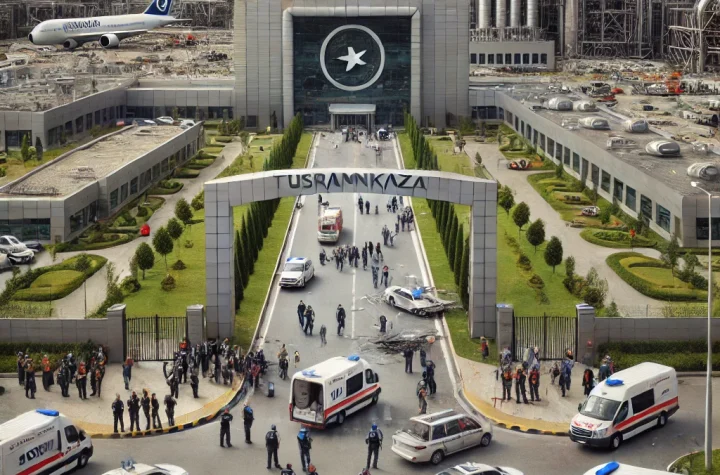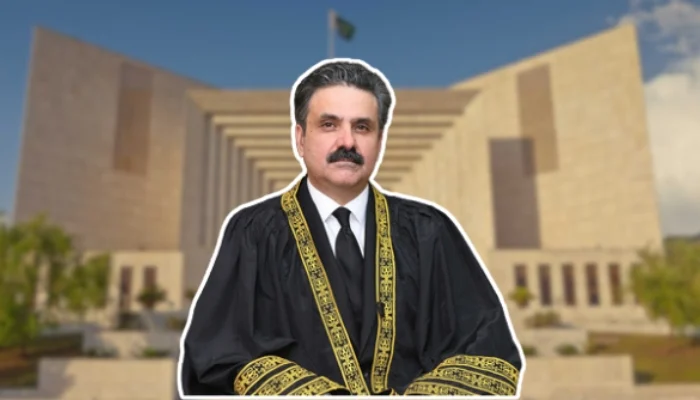
The state of Jammu and Kashmir having an area of 84,471 square miles lies in the North East of Pakistan and North West of India. Russia, China and Afghanistan also shares its border towards the North. Area wise, the State of Jammu and Kashmir was the largest state in the sub-continent of Indo-Pak among the 562 princely states of the Sub-continent at the time of its division , and still claims the same status. Its area is almost equal to the total area of Belgium, Denmark, Holland, Austria and Albania, all put together, although it is slightly smaller than Great Britain.
The Muslims of Azad Jammu and Kashmir started a liberation against India in 1947. As a result of this war, the Government of Azad Jammu and Kashmir was established on 24th October, 1947, in the liberated area which is about 5,000 square miles out of total area of 84,471 square miles. An area of 28,000 square miles was also liberated by Gilgit Scouts and now it forms Northern Areas (Gilgit-Baltistan) which is being administered by the Federal Government of Pakistan.
The Government established on 24th October 1947, was working like a war council. The Rules of Business were framed in order to run the administration of Azad Jammu and Kashmir under which the executive as well as the legislative authority vested in the President. The courts and Laws code was enacted in 1948 for running the judicial administration and some laws of former Jammu and Kashmir State were allowed to continue in operation. Thereafter, in 1952, the Rules of Business were revised. The system of administration as well as the legislation was provided in these Rules of Business. Another revision of the Rules of business took place in 1957.
In the system, which prevailed from 1947 to 1960, the person holding the confidence of the Working Committee of Muslim conference was nominated as the president of Azad Jammu and Kashmir. For sometimes in the earlier years, the office of Supreme Head also existed who approved the legislation for Azad Jammu and Kashmir, but this office was abolished in 1952 and, thereafter, only the President was the Executive Head, who was assisted by some ministers.
In 1960, the Presidential Election System through the “votes of basic democrats” was introduced in Azad Jammu and Kashmir with another body known as ‘ Azad Jammu and Kashmir State Council’ which was also elected by the basic democrats. This Council consisted of 12 members elected by the people of Azad Jammu and Kashmir, whereas 12 members were elected by the refugees of Jammu and Kashmir State settled in Pakistan. In 1964, this system was also replaced and Azad Jammu and Kashmir Government Act, 1964, was enacted, whereby the provision for the State Council was amended to the extent that 8 State counselors were to be elected by the basic democrats of Azad Jammu and Kashmir. In 1965, the provision was made for appointment of two members to be nominated by the President from amongst the refugees settled in Pakistan.
The Chairman of the Council was to be nominated by the Chief Advisor under the Act , 1964 from amongst the Members.The Chairman had to act as the President for Azad Jammu and Kashmir ex-officio. In 1968, the Azad Jammu and Kashmir Government Act, 1968, came in to force and 8 members were elected, while 4 members were to be nominated by the Chief Advisor from amongst the refugees settled in Pakistan. The Chairman of the Council was elected by the counselors, who was also ex-officio President. In 1969, a caretaker government was inducted into office.
The major constitutional changes came in 1970 when the system of adult franchise was adopted and a democratic setup was introduced in Azad Jammu and Kashmir through Azad Jammu and Kashmir Act, 1970. For the first time, the Legislative Assembly as well as President of Azad Jammu and Kashmir were also elected on the basis of adult franchise by the people of Azad Jammu and Kashmir, and the refugees of Jammu and Kashmir settled in Pakistan. The Assembly consisted of 24 elected members and one co-opted lady member.
The presidential system of government worked for about 4 years when, in 1974, the parliamentary system was introduced in AJ&K under the AJ&K interim Constitution Act, 1974, which has undergone about 11 amendments so far. Earlier in 1974, the Assembly consisted of 40 members, elected on the basis of adult franchise and two co-opted lady members, whereas the Assembly now consists of 41 elected Members and 8 co-opted members of which 5 are ladies, one member from Ullema-e-Din or Mushaikh, while one is from amongst Jammu & Kashmir technocrats and other professionals, whereas one is from amongst Jammu and Kashmir nationals (state subjects) residing abroad. Since 1975, the Prime Minister has been elected by the members of legislative Assembly.
He is the Chief Executive of the State, whereas the President is the constitutional head under the Interim Constitution Act 1974. Besides Executive and the Legislature, we now have an independent Judiciary as well. The Supreme Court, High Court and sub- ordinate courts are present, in addition to many other Courts, established under various laws. The pattern of the State of Azad Jammu and Kashmir is almost the same which is prevailing in Pakistan with the exception that in Azad Jammu and Kashmir there exists a Council with Prime Minister of Pakistan as the Chairman, 6 elected members, 3 ex-officio Members including President AJK (Vice- Chairman of the Council), Prime Minister of AJK or his nominee, Federal Minister for Kashmir Affairs, and 5 Members to be nominated by the Prime Minister of Pakistan from amongst the Federal Ministers and Members of the Parliament. The Council has been assigned a specified field of activities and it has also further assigned some of the functions to the Central Government in Pakistan. Such as, the Defence, Security, Foreign Affairs and Foreign Trade, Currency and Coins which are the responsibilities of the Government of Pakistan.




More Stories
History of Kashmir – From Wikipedia
Kashmir region, Indian subcontinent, Asia – As Per Britannica
History of the conflict in Jammu and Kashmir